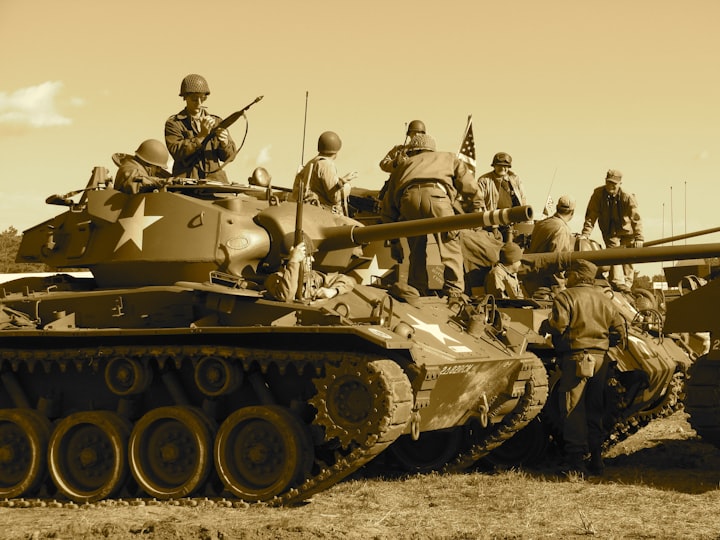
Have you watched the film Black Hawk down? If you have watched the film, then the film is a part of restoring hope in Somalia.
What is the operation restoring hope and why was the operation started? Let us know.
During the mid 1990s, extreme drought and famine in the horn of Africa region caused a humanitarian and political emergency in Somalia, which in turn contributed immensely to a rise in social instability among the population.
Somalia's administration, a tactical fascism for the past twenty years, turned out to be more tyrant with an end goal to recover control of individuals, yet these endeavors simply prompted more obstruction. The public authority ultimately fell, and the nation slipped into chaos as various militia groups and their associated army powers generally contended for state command over the country. The developing nationwide conflict just expanded the hunger and malnutrition already widespread because of the drought and famine. By mid 1992, upwards of 350,000 individuals in Somalia kicked the bucket from starvation, with one more 80,000 individuals having escaped to neighbouring nations.
Perceiving the circumstances in Somalia on April 24, 1992, the United Nations Security Council took on resolution 751, which made the United Nations Operation in Somalia, or UNISOM. UNISOM became answerable for arranging and supporting the conveyance of worldwide alleviation supplies into Somalia. Despite the fact that the worldwide reaction was solid, the emergency deteriorated as the help supplies that showed up in the nation became the focus of the militia armies who battled about and seized them before they could be conveyed to individuals who required them the most. Regardless of numerous endeavors, colossal measures of help supplies kept on falling under the control of the civilian armies, who struck the capacity stockrooms and went after the conveyance caravans once the provisions left the air terminal.
On Dec. 3, 1992, the United Nations Security Council embraced resolution 794, which approved states to “use all necessary means to establish as soon as possible a secure environment for humanitarian relief operations in Somalia."
The following day, President Bush openly declared that US ground troops would be focused on Somalia to safeguard worldwide endeavors there. This activity was named Operation Restore Hope.
Its expressed intention was to guarantee that help supplies contacted individuals who required them the most, with the objective of "breaking the cycle of starvation" and "saving lives."
Operation Restore Hope was authoritatively finished on May 4, 1993, when the US turned over lead control of peacekeeping tasks in the nation back to UNISOM.
Under United Nations control, the mission in the long run moved from compassionate help and peacekeeping exertion more towards the restoration of a common government and extremely Permanent Stabilization. This move threatened the hold on power the single warlords acquired in the country. Warlord resistance from giving up power returned Somalia on a track back towards chaos as battling broke out between the militia groups and as assaults on United Nations forces expanded. As the nationwide conflict got back to Somalia, the US redeployed extra battle powers back to the country. The Battle of Mogadishu, usually alluded to as the Black Hawk Down occurrence, happened in October 1993.
On 3 October 1993, U.S. powers wanted to hold onto two of Aidid's top lieutenants during a gathering somewhere down in the city. The assault was simply expected to last around 1 hour, yet transformed into a short-term deadlock and salvage activity reaching out into the sunshine hours of the following day. While the objective of the activity was accomplished, it was a pyramid victory and spiraled into the lethal Battle of Mogadishu. As the activity was continuous, Somali powers shot down three American Sikorsky UH-60 Black Hawk helicopters utilizing RPG-7s, with two crashing down somewhere in a hostile area. A desperate defense of the two brought down helicopters started and battling endured during that time to protect the rescuers from the accident. In the first part of the day, an UNOSOM II armored convoy fought their way to the besieged soldiers and withdrew, incurring further casualties but causing further setbacks but safeguarding the survivors.
After the fight, dead American warriors were hauled through the roads of Mogadishu by infuriated Somalis, a demonstration that was communicated on American TV to public clamor. The fight prompted the pullout of the U.N. mission in 1995. No fight since the Vietnam War had killed so many U.S. troops.





Comments
There are no comments for this story
Be the first to respond and start the conversation.